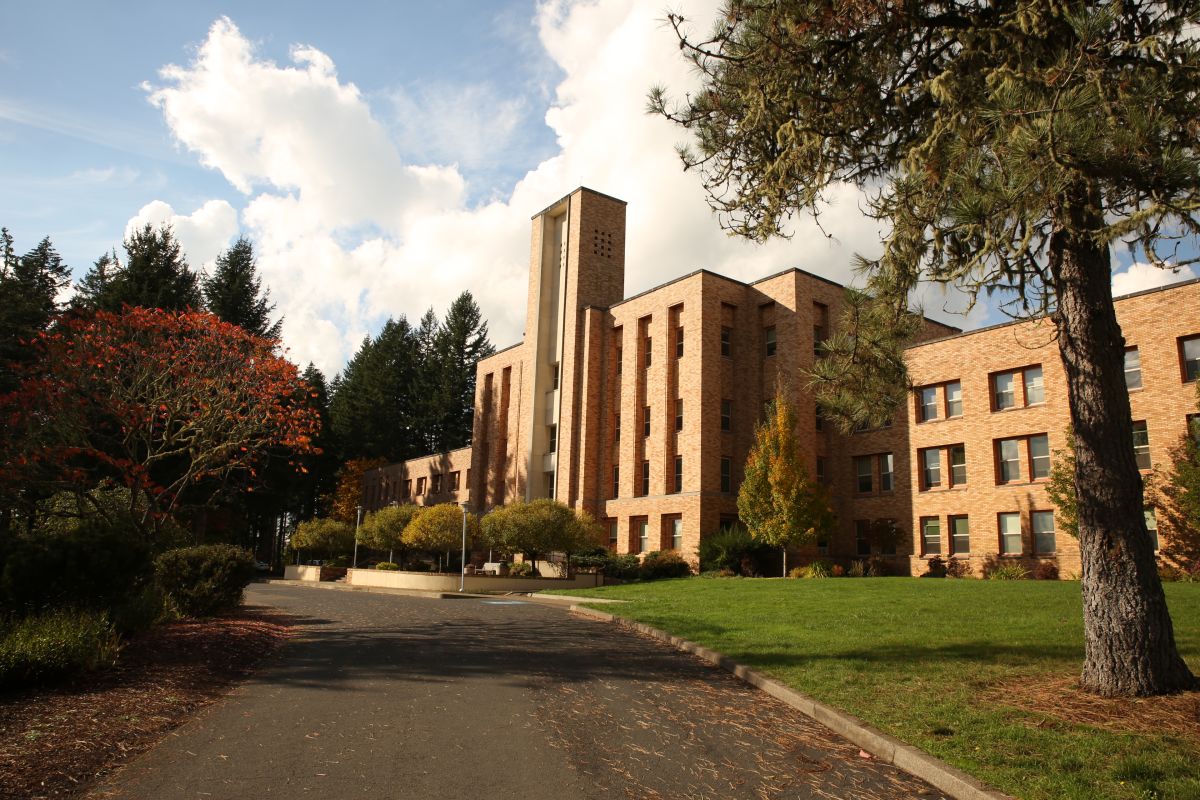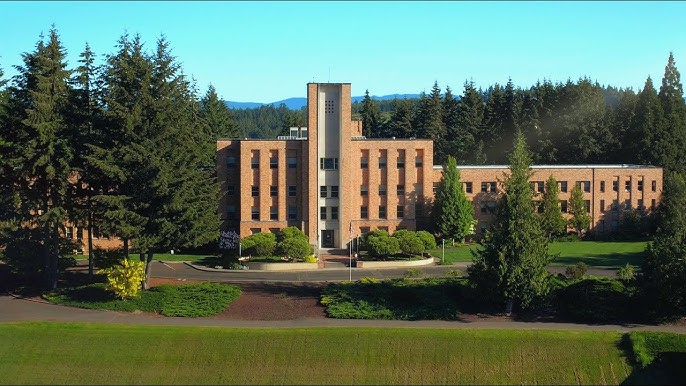Walk into a modern learning space, and you might not see rows of desks or a teacher standing at the front. Instead, students might be sketching designs, testing prototypes, or debating solutions in small groups. Education is changing from memorization toward exploration, and that evolution reflects how quickly the world itself is changing.
Some schools have built their entire approach around this idea. Delphian School describes its program as one that prepares students for life by helping them master academics while developing the skills and confidence to succeed anywhere. The emphasis on curiosity, courage, and independence reflects what many educators now see as essential for the next generation of learners.
Traditional classrooms once prioritized order and predictability. Today, students need adaptability and curiosity to thrive in environments where technology, culture, and work evolve constantly. The most effective schools aren’t asking students to simply retain facts—they’re teaching them how to think critically, collaborate, and make sense of complex situations.
This new philosophy treats learning as an ongoing process rather than a fixed stage of life. It encourages students to take ownership of their growth and to see mistakes as stepping stones. When learners are guided to experiment and reflect, they start to understand that education doesn’t end when the school day does.
Why the Old System No Longer Fits the Future
The traditional model of education was built for a time when routine mattered more than imagination. It rewarded memorization, obedience, and the ability to follow directions precisely. Those traits once served stable industries well, but they don’t align with the flexible and creative thinking needed today.
Students often leave those systems with knowledge they can recall but can’t always apply. The old design assumes that what’s taught will remain relevant, yet the modern world rarely holds still long enough for that to be true. Alternative learning programs aim to bridge this gap by helping students think independently and connect information to real-world contexts.
Rethinking education doesn’t mean abandoning structure—it means giving it purpose. A well-designed framework can encourage curiosity and initiative instead of conformity. When learners are encouraged to ask questions and approach subjects from multiple angles, they begin to develop the kind of confidence that fuels innovation.
Learning by Doing: Projects, Challenges, and Community Work
Ask a student who’s built something from scratch, and they’ll likely remember every step of the process. Project-based and experiential learning take advantage of that connection between doing and understanding. Whether it’s organizing a campaign, developing a prototype, or planning an event, these methods help students see the direct impact of their decisions.
Working through a challenge teaches more than technical skill. It builds patience, communication, and a willingness to adjust when things don’t go as planned. These experiences give students the kind of feedback that can’t be captured in a test score. They learn to trust the process of discovery and to value persistence over perfection.
The impact of this approach is supported by research. According to Edutopia, nearly half of students in project-based learning classrooms passed their AP tests, significantly more than those taught through traditional methods. The finding reinforces what educators have observed for years: when students apply knowledge to real projects, they remember it longer and understand it more deeply.
Collaboration is another defining feature of this approach. When learners depend on each other to complete a shared task, they begin to appreciate how diverse perspectives strengthen results. The most important lesson learned is often how shared effort turns ideas into outcomes.
The Rise of Self-Paced and Tech-Assisted Education
Classroom walls are becoming less relevant to how learning happens. Some students move through lessons at their own rhythm, replaying material or jumping ahead when they’re ready. Others blend online learning with traditional instruction to get the best of both worlds. This flexibility shifts focus from speed to comprehension.
Technology allows teachers to personalize lessons without losing depth. Recorded lectures, interactive tools, and online feedback systems give students multiple ways to approach a subject. Instead of waiting for an entire class to move forward, each learner can revisit challenging material until it clicks.
This model also changes the teacher’s role. Rather than being the only source of information, instructors act as mentors who guide reflection and help students refine their goals. It’s a more balanced exchange, and one that mirrors how people learn outside of school, through curiosity, trial, and mentorship.
Emotional Intelligence as the New Core Curriculum
Being able to solve problems matters, but understanding people might matter even more. Alternative education models recognize that empathy, communication, and emotional awareness are essential for both academic and personal success. These qualities can’t be taught through repetition; they’re practiced through interaction.
Students who learn to listen, express themselves clearly, and manage disagreement gain skills that extend far beyond the classroom. They’re better prepared for team settings, leadership roles, and moments of uncertainty.
According to Harvard Business School, 71 percent of employers value emotional intelligence more than technical skills when evaluating candidates—a reminder that understanding people is just as important as understanding information.
By valuing social and emotional growth, alternative models create classrooms where feedback is constructive and participation feels safe. Students come to see learning as a shared effort rather than a contest, and that understanding shapes how they approach challenges later in life.
Building a Culture of Lifelong Learning
One of the lasting effects of these new models is how they change students’ relationship with learning itself. Instead of viewing education as something to finish, students begin to see it as something to sustain. Curiosity becomes a habit, not an assignment.
When people are encouraged to direct their own learning, they become more comfortable exploring new subjects independently. That habit carries into adulthood, where the ability to pick up new skills or adapt to different roles often determines success.
According to the Organisation for Economic Co-operation and Development, about 40 percent of adults in its member countries participate in formal or non-formal learning every year, showing that education has become a lifelong pursuit rather than a one-time stage.
Lifelong learning isn’t limited to formal study—it includes reading, experimentation, and conversation. By teaching students how to identify what they don’t yet know and pursue it, alternative education prepares them to evolve alongside the world they live in.
Education Without a Finish Line
The purpose of education is shifting from information transfer to personal development. Schools that encourage curiosity, independence, and empathy prepare students not just to enter the workforce but to shape it. They understand that the most durable skills are rooted in adaptability and awareness.
When learning feels connected to life, students carry that energy forward. They question assumptions, seek understanding, and stay open to change. That mindset will always be relevant, no matter how technology or society transforms.
The future of education may not depend on predicting what’s next but on equipping learners to handle whatever comes. The classrooms that succeed are the ones that help students keep learning long after they leave them.

